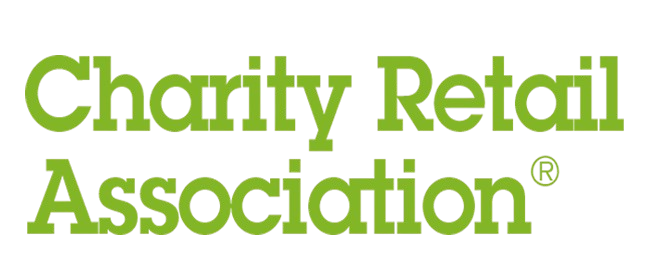Stem Cell Transplantation
What are autologous and allogeneic stem cell transplants?
Autologous stem-cell transplantation is the transplantation in which stem cells are removed from a person, stored, and later given back to that same person after a high dose of chemotherapy.
Allogenic stem cell transplantation is where the donor and the recipient of the stem cells are different people. The stem cells from the donor have to be a close match to the recipient.
Given their unique regenerative abilities, blood stem cells offer new potentials for treating diseases such as diabetes, and heart disease. However, much work remains to be done in the laboratory and the clinic to understand how to use these cells for cell-based therapies to treat disease, which is also referred to as regenerative or reparative medicine
Transplantation of stem cells
The treatment of the blood cancer may require a stem cell transplant to be carried out. The transplantation of bone marrow, peripheral blood or cord blood stem cells, involves chemotherapy to kill off the bone marrow cells including the cancerous cells.
Stem cells are then transplanted back through a drip into the body to start making blood cells again. The stem cells can be from your own blood, known as autologous stem cell transplant, or they can be from someone else, an allogeneic transplant. The cells from the donor have to closely match your cells, this is tested using HLA typing or tissue typing. A brother or sister is most likely to be a close match to you. If you don’t have a brother or sister and there is no close match in your family, you may have what is know as a Match Unrelated Donor transplant (MUD transplant), where the donor is not related to you.
The stem cells once transplanted, will take several days or a few weeks to engraft, to start making blood stem cells. If you have an allogeneic stem cell transplant there is a risk that you may develop Graft Versus Host Disease (GVHD). This is where the donor cells recognise your tissues and cells as foreign and start to attack them. This can be treated using immunosuppressive drugs.
The source of stem cells used in transplants today
Nowadays doctors tend to do peripheral stem cell transplants rather than bone marrow transplants. The reason for this is that peripheral blood stem cells are easier to collect than bone marrow cells and usually they can get more stem cells. However, the risk of GVHD may be greater with peripheral blood stem cell transplant. The doctors have to take into account many factors when deciding on the type of transplant they will perform.
Cord blood stem cells
Cord stem cells collected from the umbilical cord and placenta when a baby is born, are also used as a source of stem cells in the treatment of cancers of the blood. The advantage of using cord blood stem cells is that it is readily available, there is no need to search for a donor and the procedure is not painful and poses no risk to the mother or child. Also the cells do not have to be an exact match to the recipient and the risk of GVHD is lower.









